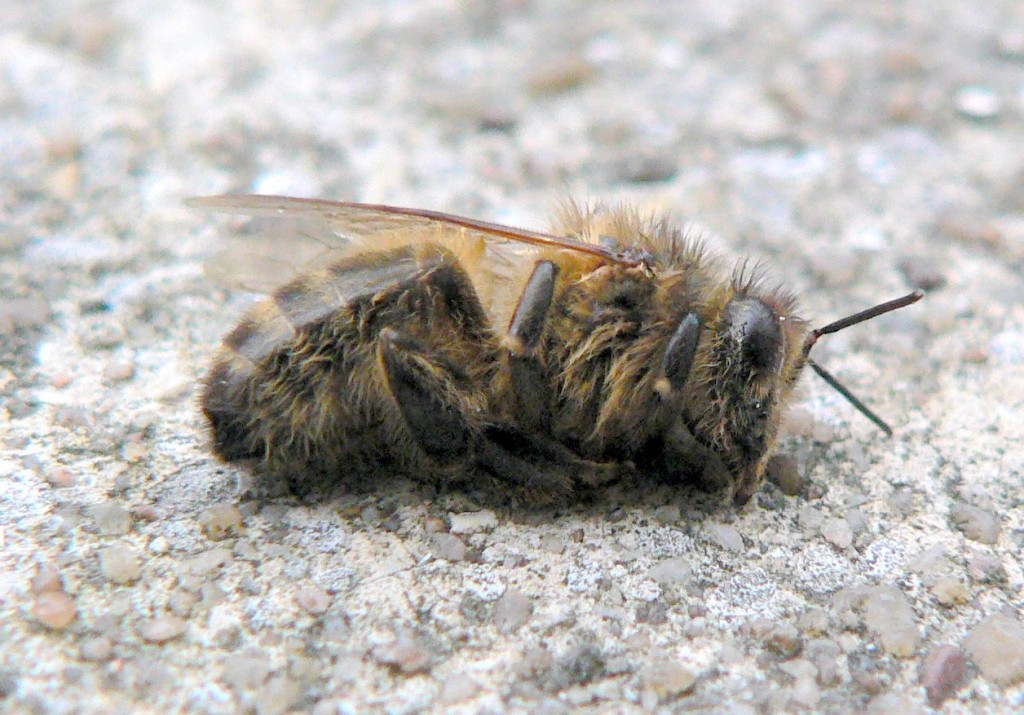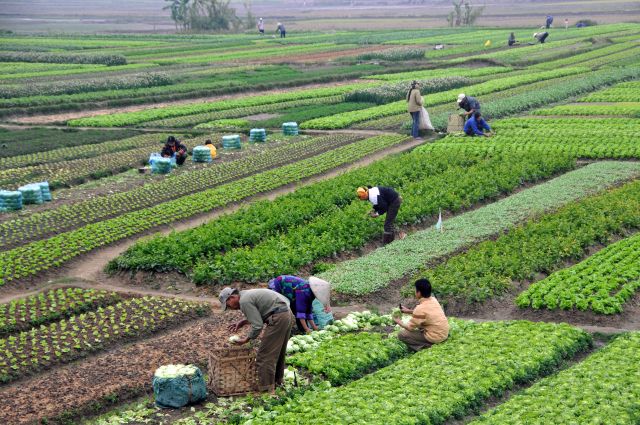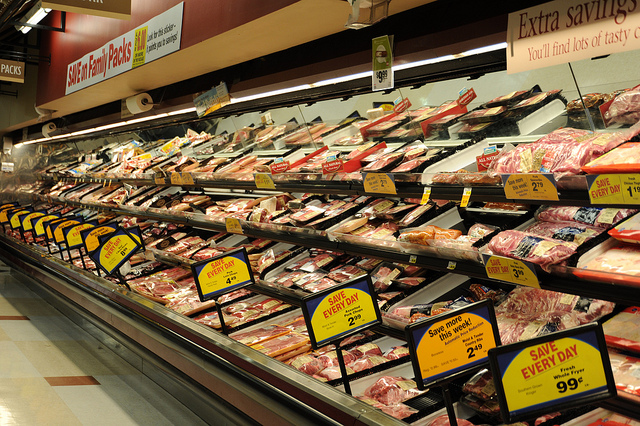Podcast: Play in new window | Download
Subscribe: RSS

Touch a new tractor with that old wrench and you’re going to court, Elwood. Yes, even if it’s bought and paid for. Yes, even if you’re in the middle of harvest.
If you’re an industrial farmer, making a living from monoculture — and that’s most farmers today — your life consists of months of boredom punctuated by weeks of unrelieved terror. The terror comes once in the spring, when you’re trying to get your crop seeded between rains before the window closes on the growing season; and once in the fall when you’re trying to get your crop harvested before the first blizzard. (I am leaving out the brief summertime terrors induced by approaching thunderstorms, they are not part of this story.)
Imagine you’re in the harvest terror, you’re just getting started doing whatever your crop requires, and your tractor starts coughing like a lifetime smoker and falls on its face in midfield, as inert and unresponsive as a power drinker on Sunday morning. Your entire year’s income, maybe the future of your mortgage, is lying there in those fields and, as they say on Game of Thrones, winter is coming. Continue reading








